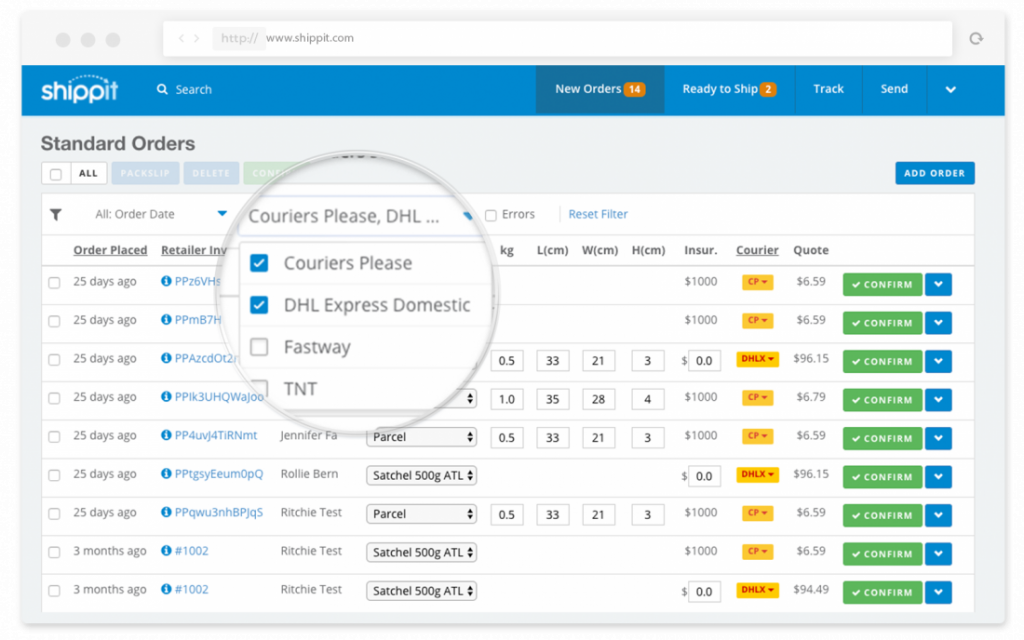Dealing with delivery delays comes with the territory of being an online retailer, but that doesn’t mean you shouldn’t try to minimise delays as much as possible. According to a frequently cited study by the US software company Voxware, 69% of consumers are much less or less likely to shop with a retailer in future if an item they purchased is not delivered within two days of the date promised.
With delivery volumes set to break records this peak season, it’s time to start thinking about what you can do to reduce the risk of delays. Here are three common causes of delivery delays and how you can avoid them.
Cause: Human error
Whether you’ve listed an item as available online, but it’s actually out of stock in the warehouse and you need to ship-from-store, or the customer has input their address incorrectly, simple administrative mistakes can sometimes lead to delivery delays.
Solution: Automate manual processes
One way to minimise human error is to automate manual processes where possible. Good inventory management software should give you a real-time picture of what’s in your warehouse and stores, if applicable, and ensure you don’t sell something that isn’t actually there. You can also add a plug-in to your website that will provide a list of valid addresses when your customer starts typing their house number or check their postcode to make sure it’s correct. Look for other areas where human error could cause delays and try to replace them with software.
Cause: Peak season
The weeks leading up to Christmas, known as peak season, typically see a significant increase in website traffic and order volumes and put a huge strain on courier networks. With Amazon Prime Day occurring later this year, and Black Friday and Cyber Monday growing in popularity, not to mention the online shopping boom caused by Covid-19, this year’s peak season – and the potential for delays – will be bigger than ever.
Solution: Prepare for higher volumes
The good thing about peak season is that you know when it’s going to happen, which means you can prepare for it. At this point, you should already have sufficient inventory in your warehouse to ensure stock shortages don’t contribute to fulfilment issues, and have extra warehouse staff on board to help pick and pack the increasing order volumes. But you should also think about creating website banners and ads to encourage customers to do their holiday shopping as early as possible, since an order spike at the eleventh hour will only increase the risk of delays.
Cause: Carrier-specific problem
Technical glitches and attacks from cybercriminals can significantly interrupt specific carriers and even bring their delivery service to a complete standstill. You might think there’s nothing you can do, but luckily, there are some basic precautions you can take to ensure you’re not affected by a carrier problem.
Solution: Use multiple carriers
The best way to avoid being impacted by carrier-specific problems is to use multiple carriers. That way, if one service is down, you can divert your deliveries to other networks. An aggregator like Shippit makes it easy to ship with multiple carriers, since you can book shipments, print labels and track orders in one place.
If you offer different delivery options, like standard, express and same-day, make sure you have a back-up network for each option. Shippit has multiple carrier options for each service that you can instantly start shipping with. We also have a reporting dashboard, so you can stay on top of your average delivery time for each of your carriers and see if you need to test your back-up option.
Delays will happen, but you can minimise them
Realistically, even if you take every precaution, delays will still happen. Communicating any carrier issues as soon as you hear about them, and giving customers the ability to track their orders will help to manage customer expectations and avoid frustrated emails by being more transparent with your buyers.

